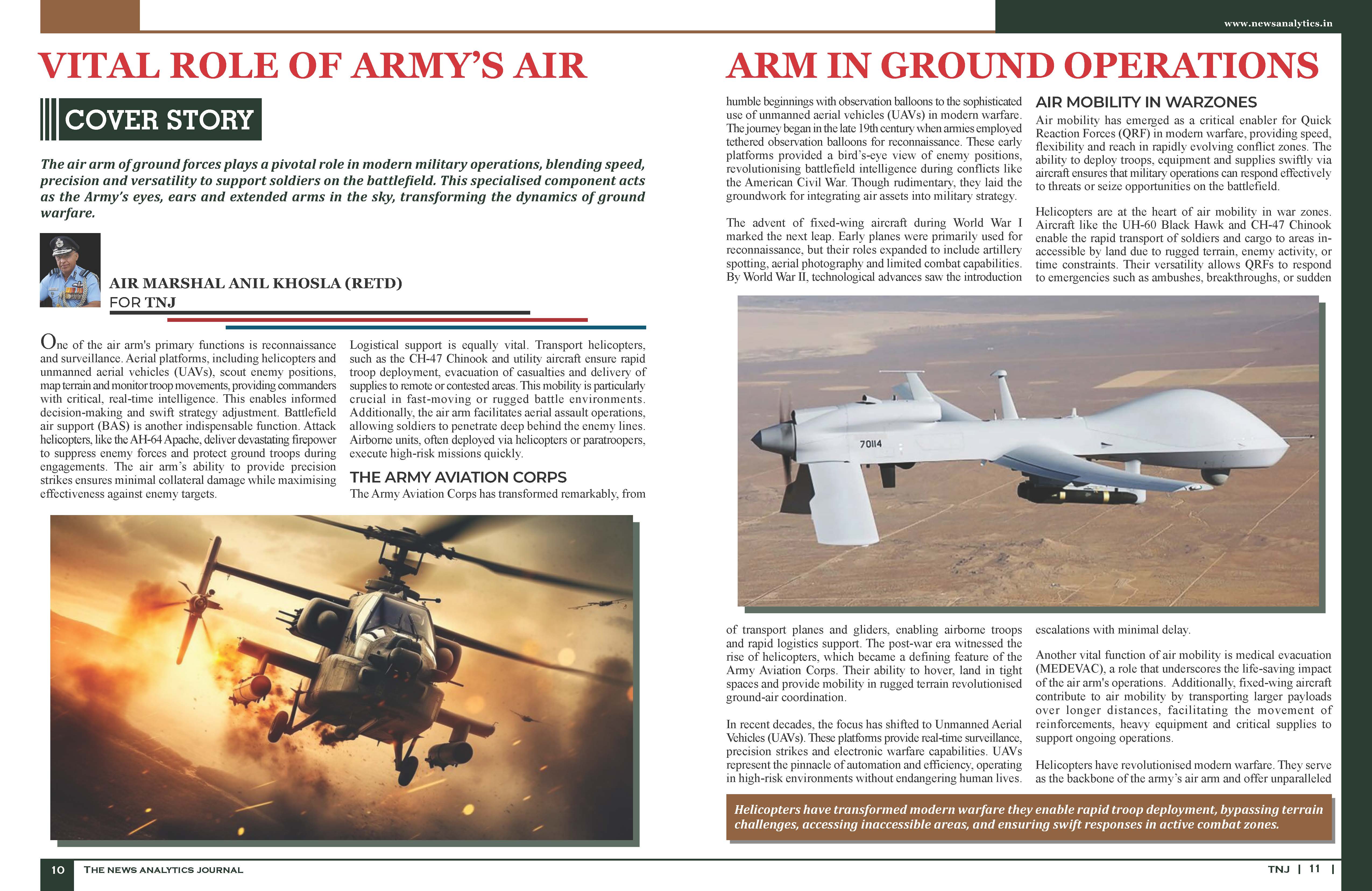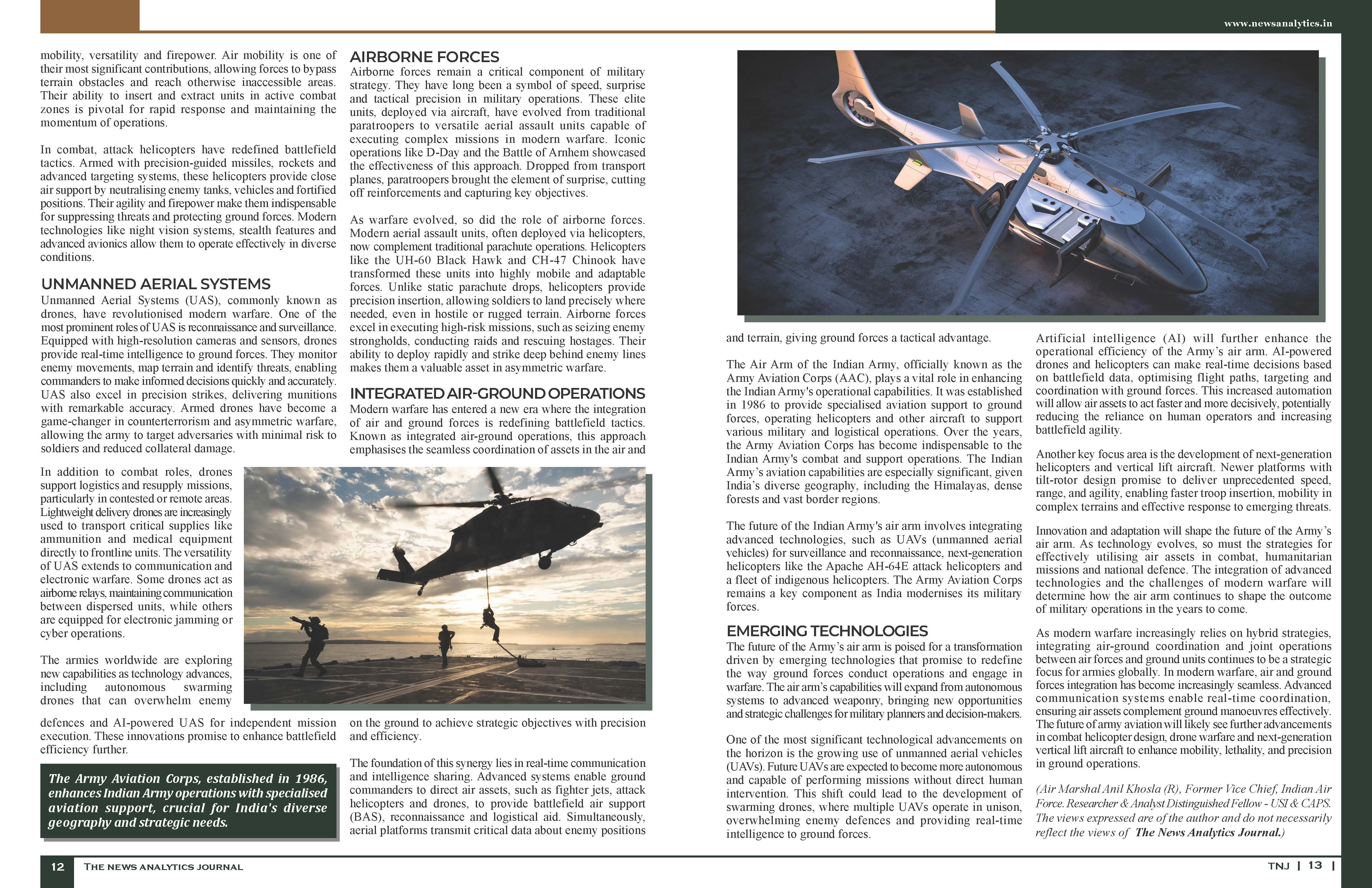
Pic Courtesy Net
My Article published on the Indus International Research Foundation Website on 10 Jan 25.
The United Front Work Department (UFWD) of the Communist Party of China (CPC) is a unique and critical apparatus in Beijing’s strategy for consolidating power domestically and projecting influence internationally. Its overarching goal is to consolidate the Party’s influence and ensure the CPC’s dominance by co-opting or neutralising entities that could challenge its authority. As one of the most significant arms of the CPC’s soft power machinery, the UFWD operates through a complex network of relationships, leveraging cultural, political, and economic channels to further the Party’s interests.
Origins and Evolution. The United Front concept originated during the CPC’s early years in the 1920s. Initially, it referred to the alliances formed between the CPC and other political groups, particularly the Kuomintang (KMT), to oppose foreign powers and imperialism in China. Mao Zedong later refined the strategy to forge alliances with non-Communist forces during the fight against Japanese occupation and the Chinese Civil War. The formal establishment of the UFWD occurred in 1942, with the aim of coordinating these alliances under the Party’s leadership. After establishing the People’s Republic of China (PRC) in 1949, the UFWD became instrumental in integrating non-Communist elites, ethnic minorities, and religious groups into the new socialist state. Its focus expanded further under Deng Xiaoping, who emphasised economic development and engagement with overseas Chinese communities as part of China’s modernisation efforts. Under Xi Jinping, the UFWD’s role has grown significantly, reflecting the CPC’s renewed emphasis on ideological control and assertive diplomacy. The UFWD now functions as a core mechanism for safeguarding Party dominance and advancing China’s strategic interests globally.
Key Objectives. The UFWD’s overarching mission is to consolidate the CPC’s power and influence. This mission can be broken down into three main objectives:-
-
- Domestic Cohesion. Cultivate loyalty among non-Communist groups, including ethnic minorities (e.g., Tibetans and Uyghurs) and religious communities. Monitor and influence academic, professional, and civil society organisations to align with CPC policies. Promote “ethnic unity” and “religious harmony” under CPC-defined terms
-
- Overseas Influence. Engage with overseas Chinese communities to foster loyalty to the CPC. Influence foreign political, academic, and business elites to advance China’s strategic interests.
-
- Neutralising Opposition. Discredit dissidents, including activists, journalists, and exiled groups critical of the CPC. Counter perceived threats from foreign ideological, political, and religious movements. Discredit and marginalise groups critical of the CPC, such as Tibetan and Uyghur activists, pro-democracy movements, and Falun Gong practitioners.
Organisational Structure and Mandate. The UFWD operates directly under the CPC Central Committee, emphasising its importance within the Party’s hierarchy. It has specialised bureaus targeting specific groups, including ethnic minorities, religious organisations, intellectuals, businesspeople, and overseas Chinese. The regional branches replicate the national structure, ensuring its influence permeates all governance and society levels. The UFWD is also closely connected to various other entities, including the Chinese People’s Political Consultative Conference (CPPCC), which serves as a key platform for engaging non-Party representatives.
-
- Domestic Engagement. The UFWD liaises with non-Communist political parties, religious organizations, and intellectuals to ensure alignment with CPC policies. This includes co-opting influential figures through patronage, opportunities, and subtle coercion.
-
- Ethnic and Religious Affairs. Ethnic minorities, particularly in sensitive regions like Tibet and Xinjiang, are a primary focus. The UFWD seeks to assimilate these groups while suppressing dissent. Religious leaders are co-opted to propagate Party-approved interpretations of faith.
-
- Overseas Chinese Affairs. Diaspora communities are key targets. The UFWD fosters loyalty among overseas Chinese through cultural programs, business opportunities, and nationalist rhetoric, positioning them as unofficial ambassadors of Chinese interests.
-
- International Influence. Beyond the diaspora, the UFWD cultivates relationships with foreign politicians, academics, think tanks, and media to shape global perceptions of China. This includes lobbying, funding academic programs, and leveraging Confucius Institutes.
Tactics, Strategies and Activities. The UFWD employs a diverse set of tactics to achieve its objectives. These tactics can be broadly categorized into co-optation, infiltration, and information operations.
-
- Co-optation and Integration. The UFWD actively seeks to incorporate influential figures, such as intellectuals, religious leaders, and business magnates, into the CPC’s governance framework. This is often achieved through honorary titles, membership in advisory bodies like the CPPCC, or access to lucrative business opportunities. In regions like Tibet and Xinjiang, the UFWD promotes loyalty to the CPC by incentivizing compliance through economic development programs and cultural exchanges. The UFWD courts influential overseas Chinese figures, offering them prestigious roles in organizations like the All-China Federation of Returned Overseas Chinese.
-
- Infiltration. The UFWD establishes or co-opts Chinese community associations, student groups, and cultural organizations abroad to serve as extensions of its influence. By funding research centers, think tanks, and academic programs, the UFWD shapes discourse on China-related topics. In some countries, UFWD-backed entities have been accused of funding political campaigns, lobbying policymakers, and embedding operatives in influential positions.
-
- Information Operations. The UFWD promotes CPC narratives through Chinese-language media outlets and partnerships with foreign media organisations. The UFWD uses social media platforms to amplify pro-CPC narratives and suppress dissenting voices. It pressures foreign publishers, universities, and businesses to censor topics sensitive to Beijing, such as human rights abuses in Xinjiang or the status of Taiwan.
-
- Ethnic and Religious Manipulation. Work to assimilate ethnic minorities into the dominant Han culture under the guise of promoting “unity.” Regulate and co-opt religious organisations to ensure they operate under state-sanctioned frameworks. In Xinjiang, the UFWD has played a central role in promoting the “Sinicisation” of Uyghur culture. This involves assimilating Uyghurs into the dominant Han culture through campaigns targeting religious practices, language use, and education. The UFWD’s policies in the region have drawn international condemnation for their role in facilitating human rights abuses.
International Concerns, Controversies and Criticisms. Many governments, especially in liberal democracies, have raised concerns about UFWD activities as political interference or soft power coercion. Some overseas Chinese communities feel pressured by UFWD-backed organisations to align with the CPC, even when their personal or political interests diverge. The UFWD’s activities have significant implications for international relations, particularly as they relate to sovereignty, free speech, and democratic integrity.
-
- Erosion of Sovereignty. UFWD operations in foreign countries often blur the line between cultural exchange and political interference, challenging the sovereignty of host nations.
-
- Interference in Domestic Politics. Accusations of UFWD-linked interference in elections and policymaking have surfaced in countries like Australia, Canada, and the United States. These include funding political candidates, infiltrating institutions, and spreading propaganda.
-
- Suppression of Free Speech. By pressuring foreign entities to align with CPC narratives, the UFWD undermines open discourse on critical issues such as human rights and Taiwan.
-
- Polarisation of Diaspora Communities. UFWD engagement with overseas Chinese communities can create divisions, as some individuals align with Beijing while others oppose its policies.
-
- Human Rights Violations. The UFWD’s role in suppressing ethnic and religious groups, particularly in Tibet and Xinjiang, has drawn widespread condemnation. These policies are seen as part of broader efforts to erase cultural identities and enforce Han-centric nationalism.
Recent Developments and Responses. The UFWD has become increasingly active under Xi Jinping’s leadership, reflecting his broader emphasis on ideological control and assertive diplomacy. Initiatives like the Belt and Road Initiative (BRI) and the CPC’s global outreach have expanded UFWD’s activities worldwide, prompting intensified scrutiny and countermeasures from other nations. Governments in countries like the United States, Australia, and Canada have heightened monitoring of UFWD-linked organizations and individuals. Laws targeting foreign interference, such as Australia’s Foreign Influence Transparency Scheme, have been introduced to curb UFWD activities. Efforts to educate the public about UFWD tactics, including media campaigns and academic research, have increased. Supporting independent Chinese diaspora organisations helps counterbalance UFWD influence.
Conclusion. The United Front Work Department is a cornerstone of the CPC’s strategy for consolidating power and projecting influence. Through its multifaceted operations, the UFWD seeks to reshape global perceptions and align international actors with Beijing’s agenda. However, its activities also raise critical questions about sovereignty, freedom, and the boundaries of acceptable state behaviour in an interconnected world. Understanding the UFWD is essential for crafting informed and balanced responses, ensuring that engagement with China is both principled and pragmatic.
Please do comment.
Link to the article on the website:-
For regular updates, please register your email here:-
References and credits
To all the online sites and channels.
References:-
- Joske, Alex. “The Party Speaks for You: Foreign Interference and the Chinese Communist Party’s United Front System.” Australian Strategic Policy Institute (ASPI), 2020.
- Carothers, Thomas, & Orenstein, Mitchell A. “How the Chinese Communist Party’s United Front Work Influences Europe.” Journal of Democracy, Vol. 32, No. 2, 2021.
- Lehr, Amy. “The United Front Work Department’s Influence Tactics in the United States.” Center for Strategic and International Studies (CSIS), 2020.
- Zang, Xiaowei. “The Role of the United Front in Ethnic Relations in China.” Asian Survey, Vol. 56, No. 2, 2016.
- Hamilton, Clive. “Hidden Hand: Exposing How the Chinese Communist Party is Reshaping the World.” Journal of Contemporary China, Vol. 28, No. 118, 2019.
- Australian Strategic Policy Institute (ASPI). “The United Front Work Department and its Global Influence.” ASPI Special Report, 2020.
- Center for Strategic and International Studies (CSIS). China’s Influence Operations: A Macro Perspective. CSIS Reports, 2018.
- Wilson Center. United Front Work Department: Domestic and International Influence Operations. 2019.
- The Economist. “The Long Arm of the Chinese Communist Party.” October 2020.
- Foreign Affairs. “Beijing’s Coercive Charm Offensive.” February 2022.
- Reuters. “How China Uses United Front to Gain Influence Abroad.” June 2019.
- South China Morning Post (SCMP). “United Front Work Department: The CPC’s Influence Arm Abroad.” August 2021.
- Brady, Anne-Marie. Magic Weapons: China’s Political Influence Activities Under Xi Jinping. Wilson Center, 2017.
- Kerry, Brown. The Communist Party of China and the Future of China. Cambridge University Press, 2016.
Disclaimer:
Information and data included in the blog are for educational & non-commercial purposes only and have been carefully adapted, excerpted, or edited from reliable and accurate sources. All copyrighted material belongs to respective owners and is provided only for wider dissemination.



